Every power inverter has various buttons or switches on it which has different purposes and functions. Different company inverters may have different switches and you can know all about them by reading the user manual. However it is important to know the main ones which are almost common in all inverters. Especially if you own an inverter yourself, this knowledge is crucial.This is why we have brought you a detailed list of functions of different power inverter buttons and switches. It is given as follows:
1. Power ON/OFF button
One common button which is present on all kinds of inverters is the power ON/OFF button. Given below are some points that may help you identify it:
- It is on the front side of the device and as the name suggests, it is used to switch ON or OFF the device.
- It is rather easy to identify it and you won’t need a user manual for the same.
- It usually has a half cut circle with a straight line on top as a symbol for identification.
- ON/OFF button is also usually bigger in size than the rest of the buttons or keys.

Image Credits: moonshotcentral.com
2. Trip reset button
Another one of the most common power inverter buttons and switches is the trip reset button. Read on to find out how to identify it:
- This button may either be present on the back side or the front side depending upon model to model.
- Its function is to reset the tripping of the device if it is overloaded or short circuited the output.
- Usually, its same is written along with it to help you identify it.
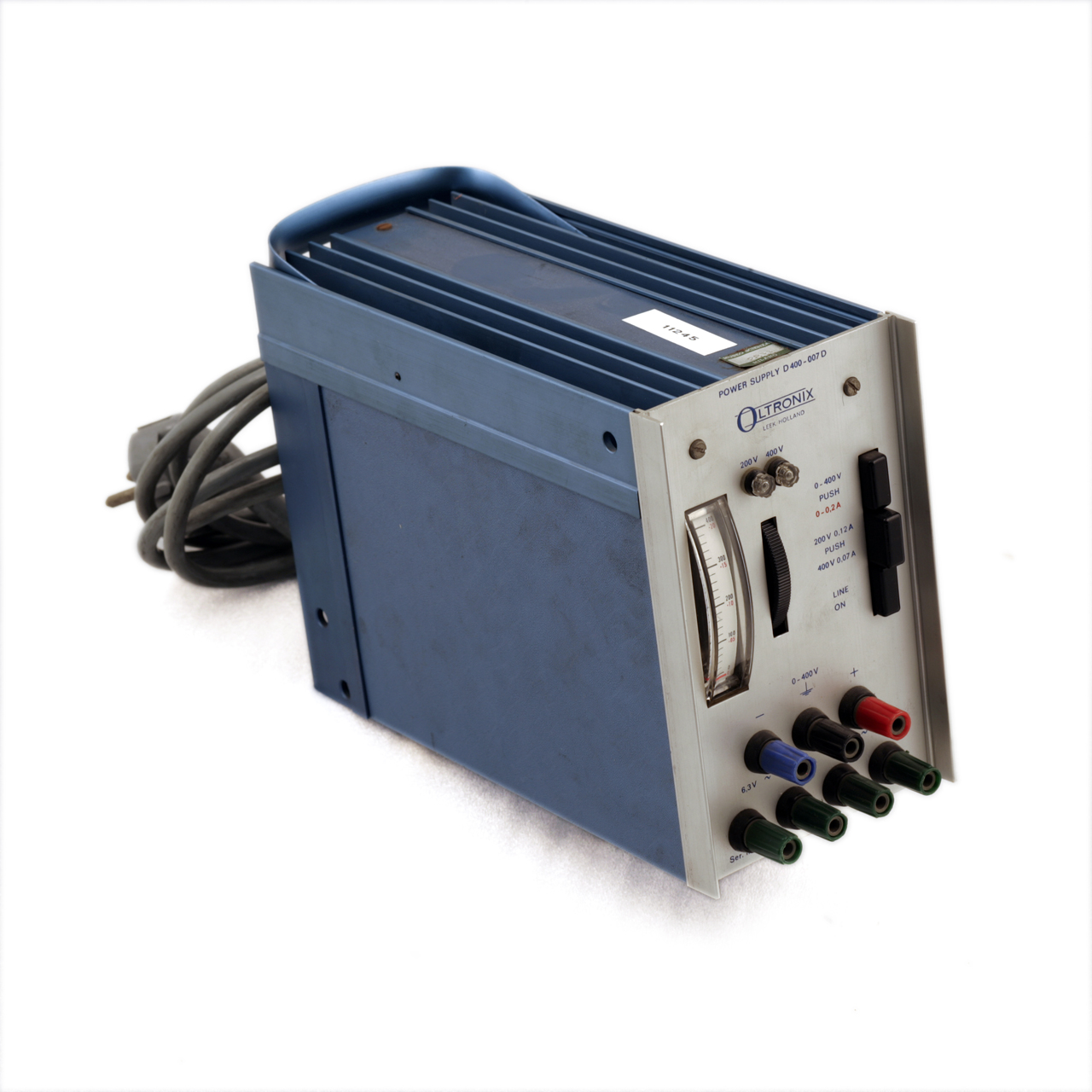
Image Credits: Wikimedia Commons
3. Voltage range switch
Voltage range switch is another button that you must know about. Read on to find out what it does:
- This switch or button is also known as the narrow wide range switch which is used to adjust the input voltage range for which power inverter will work on the line mode and then switch to the backup mode.
- It is important to ensure that you choose the narrow mode while you connect sensitive appliances such as televisions, computers, because this mode reduces the switch over a period of time from external sources to battery backup.
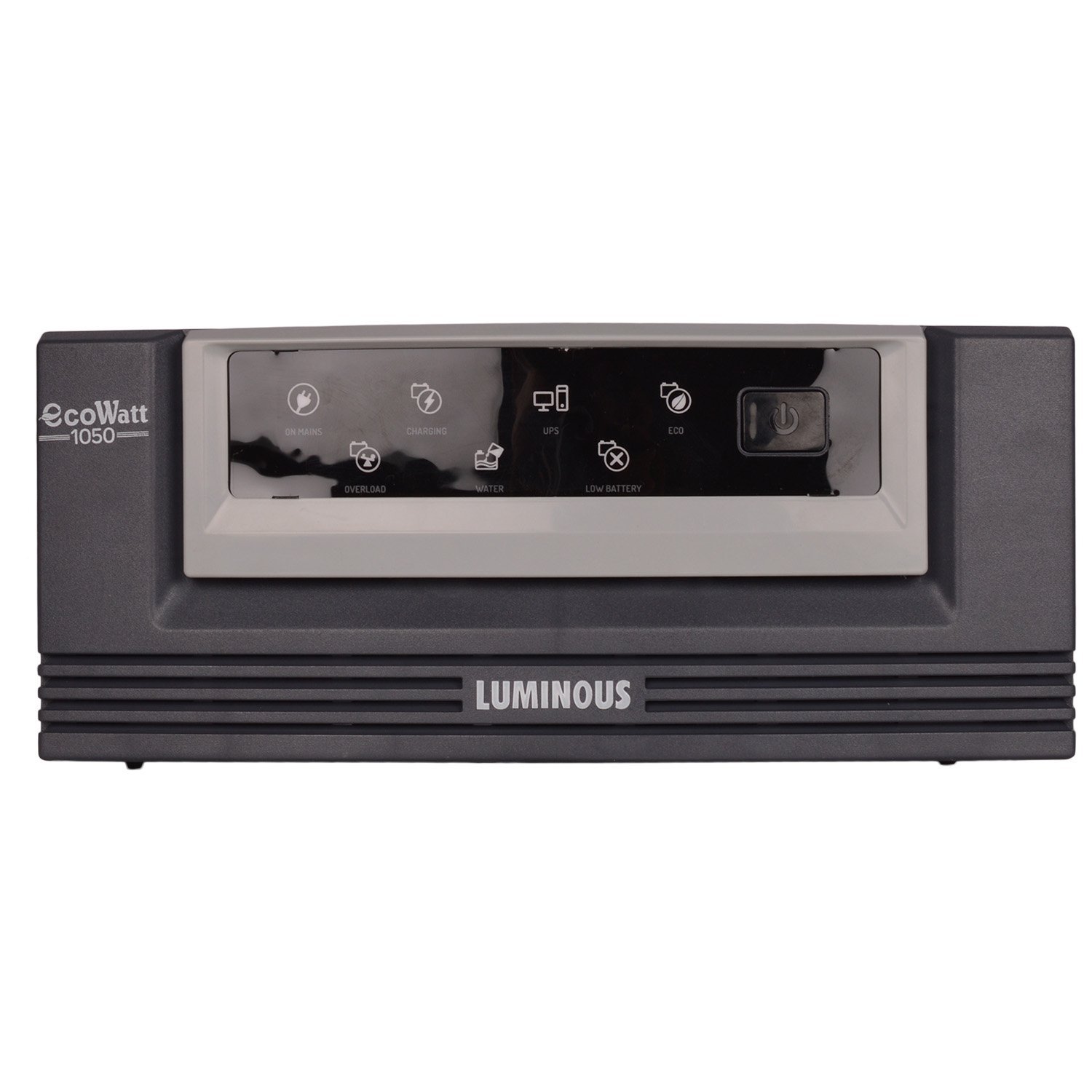
Image Credits: conzumr.com
4. Batteries voltage switch
Another common button or switch you will find on a power inverter is a batteries voltage switch. Given below are its details:
- There are certain types of inverters which are made in such a way that they run either on a single battery or on multiple batteries.
- They are either automatic in nature or make certain adjustments to work.
5. Charging rate switch
Another switch that you are likely to find on an inverter is a charging rate switch. Given below are its details:
- This is the one which is designed to let to change or adjust the charging rate of the charger for the batteries that are connected. For example larger sized batteries need higher charging rate to enable you to charge faster whereas smaller ones do not need such a high rate.
- Thus smaller ones should not be charged with higher rates since this may wear them out sooner.
Some other common switches or buttons include input/output voltage switch and display button etc. The functions of different power inverter buttons and switches mentioned above may help you understand and operate your inverter in a much better way. However it is advised that you still go through the user manual as every inverter is different and names and signs of these buttons may vary. For any inverter related help such as inverter not working, you can contact Mr Right.
Loading recommendations...

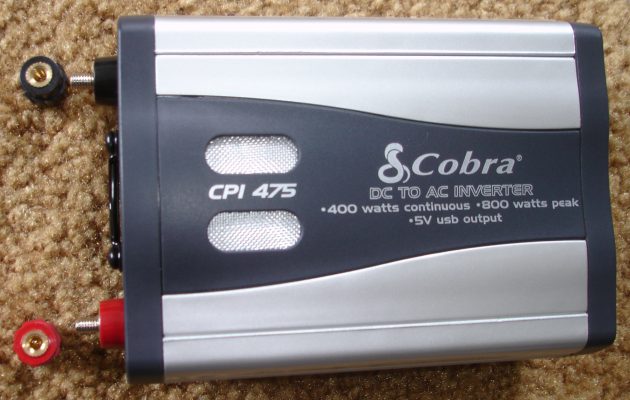
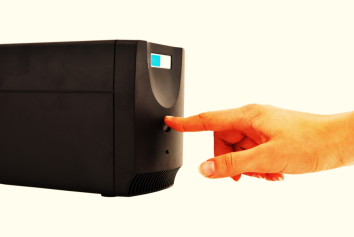
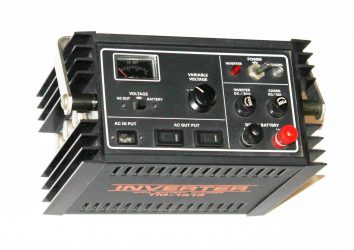
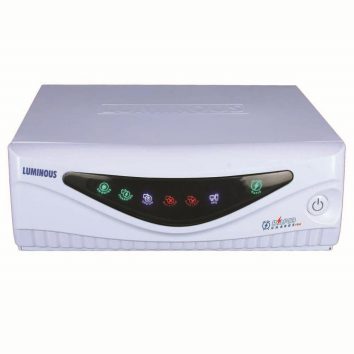
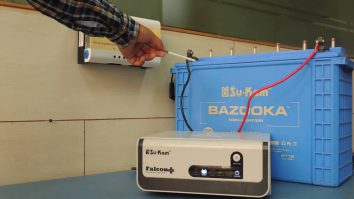
First, my inverter not working, I opened and checked it, made several proves . Battery voltage level, too low. 3 volts. I put on a new battery.and did nothing. then proved MOSFET 1 was burnt shorted. I changed it but not found same. Found one nearly and did nothing. Checked IC driver voltage and it has no voltage. Then I fed it with 12 volt and seems to function but power off. Protected. The problem is lacking IC feeding voltage. But for me is difficult to track the source voltage that feed IC driver. It has different ways diodes, transisters all smd.
What is STB in Vguard inverter. Should it be kept off or ON position?